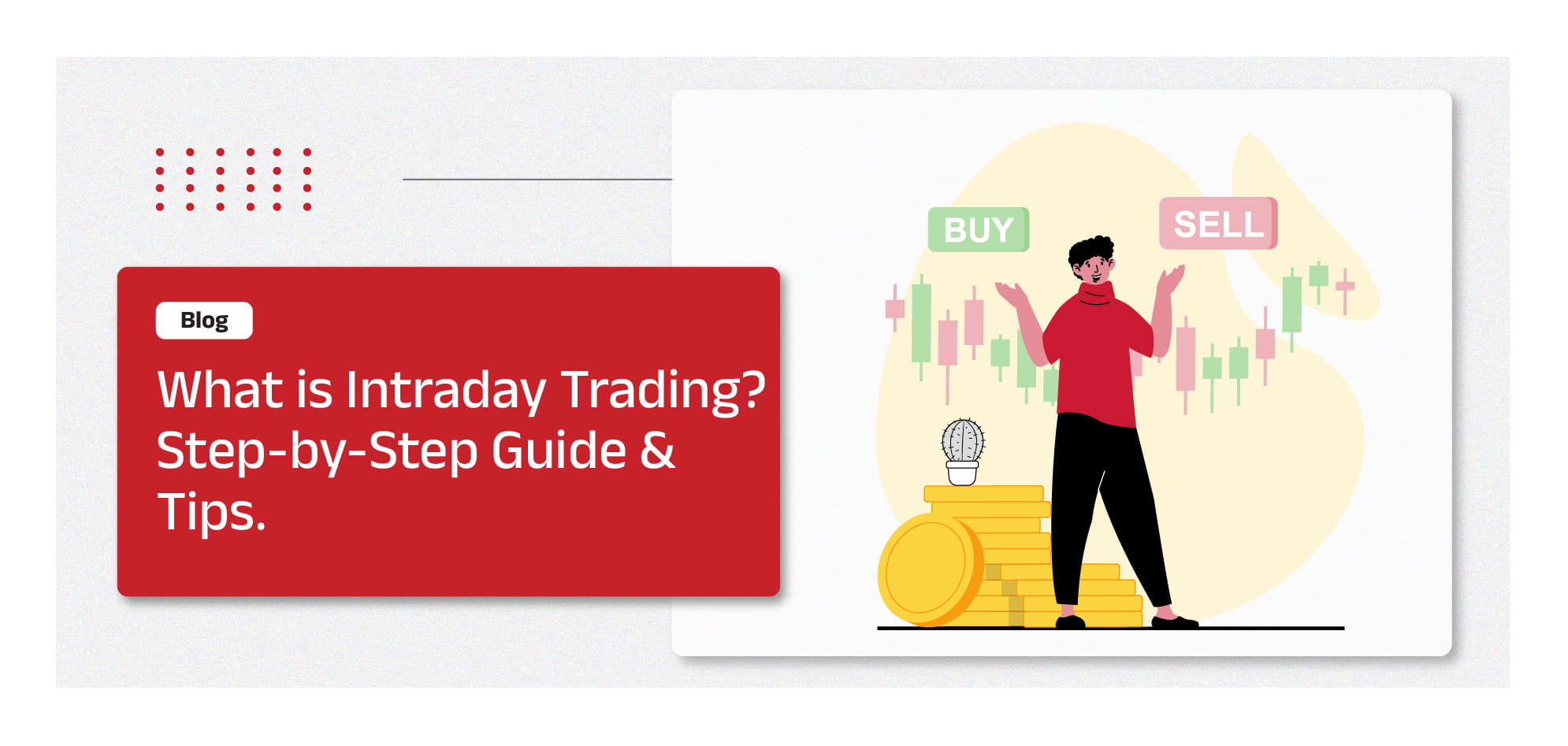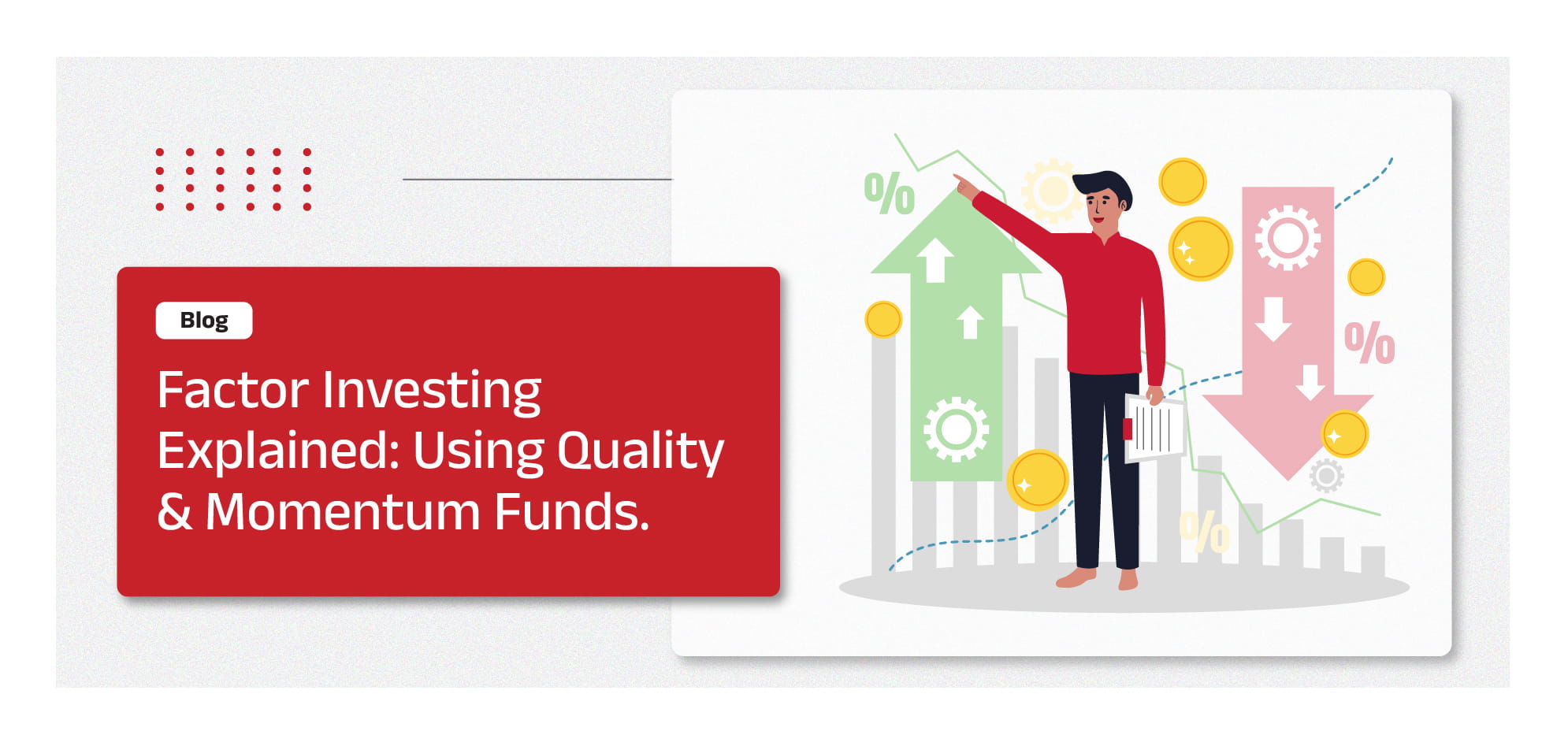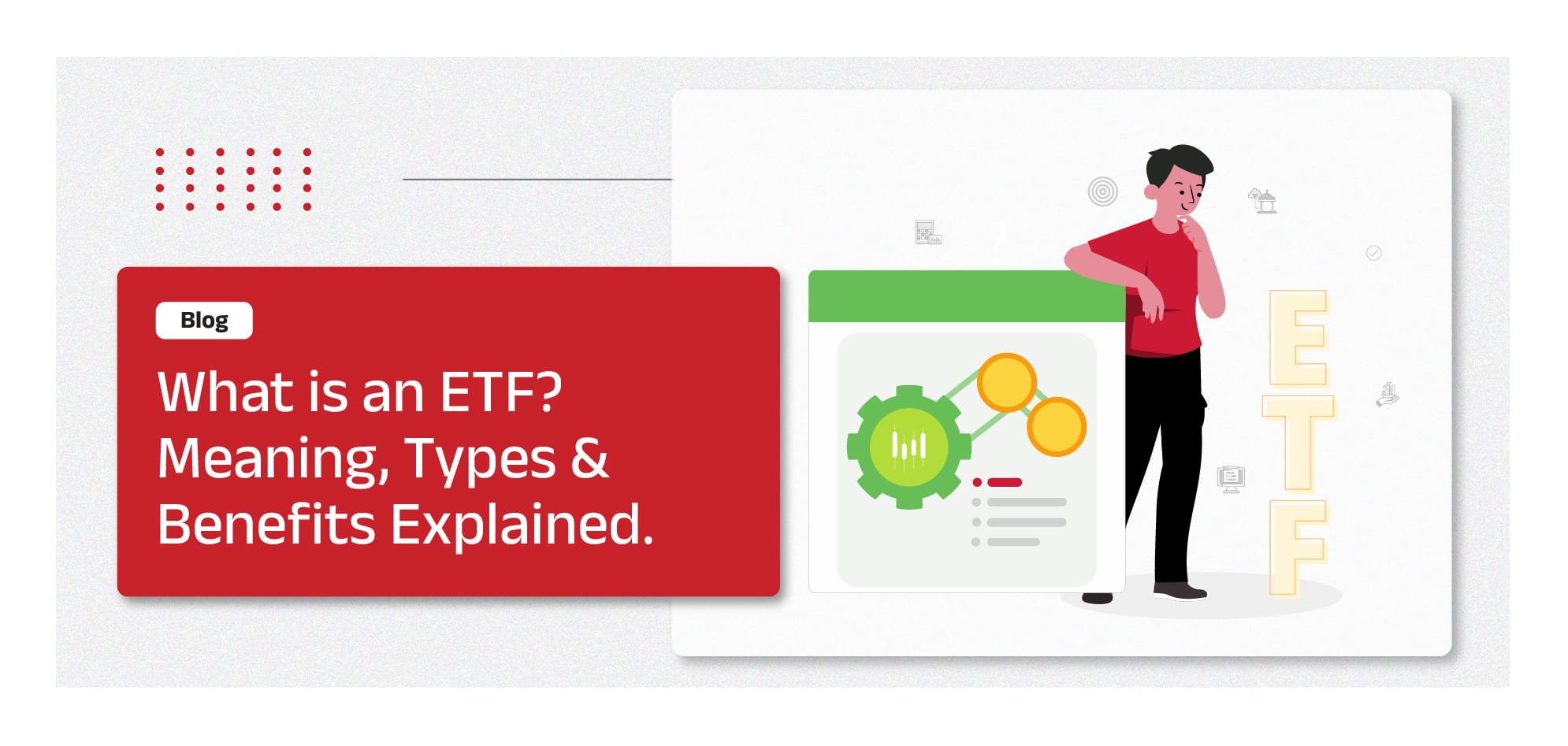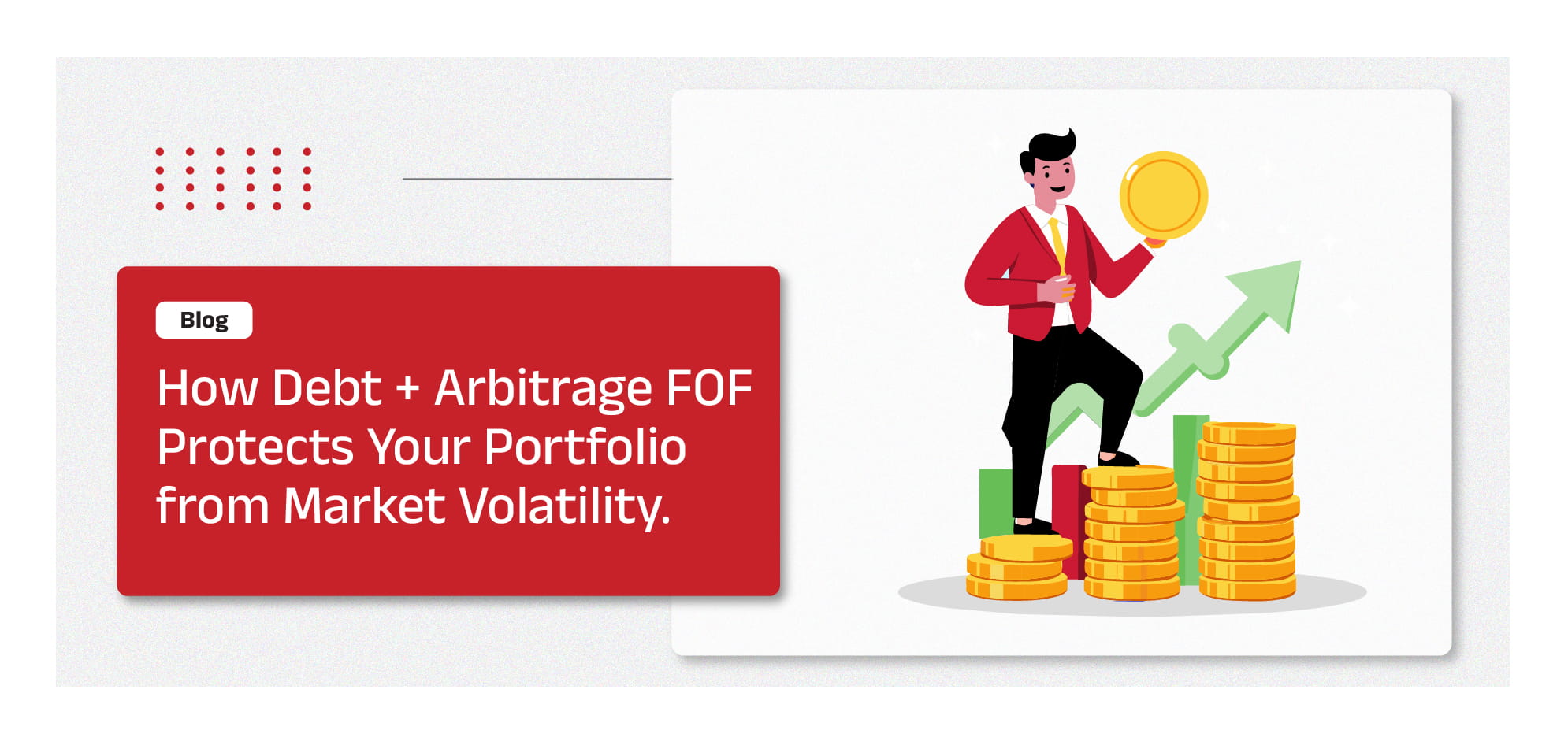-
Our Products
Our FundsFocus Funds
-
Self Care
Self-ServiceFind InformationWays To TransactPartner Solutions
-
Downloads
- Learnings
- About Us
-
More
-
Shareholders
-
Shareholders
-
Updates
-
-
SIP Calculators
- Back
-
Shareholders
Equity
Mid Cap Fund
An open ended equity scheme predominantly investing in mid cap stocks
Annualized Returns %
Annualized
Returns %
Aditya Birla Sun Life Midcap Fund
SIP Amount
Min . ₹ 100
Lumpsum Amount
Min. ₹ 1,000
Aditya Birla Sun Life Midcap Fund Overview
Aditya Birla Sun Life Midcap Fund is an open-ended equity scheme predominantly investing in mid cap stocks.
Investment Objective
The investment objective of the scheme is long term growth of capital at controlled level of risk by investing primarily in 'Mid-Cap’ Stocks.
Why should you invest:
-
If you are looking for building wealth over the long term/b>
-
If you are looking for investing in mid-sized companies that have high growth potential and can be large cap companies of tomorrow, and are less volatile than small cap stocks
-
If you are looking for a diversified portfolio from amongst a universe of 150 mid cap stocks; with investment as low as Rs.1,000/-
Fund Details
CAGR
Latest NAV
AUM
Inception Date
Risk :
Investment Horizon
3 Years
Annualized Benchmark Returns
Min Investment: Rs.
Entry load
NIL
Exit load
1%
Total Expense Ratio (TER)
Sharpe Ratio
Beta Ratio
Other Parameters
Standard Deviation
Modified Duration
-
Yield to Maturity
-
Portfolio Turnover:
-
Average Maturity
-
Macaulay Duration
-
Net Equity Exposure
-
Fund Managers

Mr. Vishal Gajwani
Riskometer
ABSL
Midcap Fund
(An open ended equity scheme predominantly investing in mid cap stocks)
This product is suitable for investors who are seeking
-
Long term capital growth
-
Investments primarily in mid cap companies
*Investors should consult their financial advisers if in doubt whether the product is suitable for them
Dividend History
Any income received under this option would be considered as income for the investors and hence would be taxed at applicable tax slab rates.
Investment Performance
IDCW Plan of this scheme has distributed income to its investors out of its earnings, from time to time. The details of the same is tabulated:| Declared on date | IDCW Yield (Regular Plan) | IDCW Per Unit | Cum IDCW NAV |
|---|
Fund Summary
The Indian stock market is ripe with opportunities. From the established large caps to the future leader midcaps to the risky but high growth small caps.
Mid cap stocks are next 150 stocks by market cap, after the top 100 large cap stocks. These mid-sized companies tend to be at the cusp of growth and may have the potential of becoming tomorrow’s frontline companies.
These can thus give investors potential for long term growth; yet at lower volatility levels than small cap stocks
Selecting the right stocks that have the true growth potential, from this universe of 150 stocks requires expert knowledge
Aditya Birla Sun Life Midcap Fund is a fund that builds a diversified portfolio of these mid cap stocks through expert fund management.
It is an equity-oriented fund that invests at least 65% of its portfolio in mid-cap stocks. The fund looks to give investors long term capital growth at controlled risk levels.
Fund discipline
-
The Scheme aims to allocate a minimum of 65% of its net assets to Equity and Equity related Instruments of midcap companies.
- The fund manager has the flexibility in invest the balance 35% in equity of other market caps (large and small) for diversification; as and when favourable investing opportunities arise..
-
The fund manager will seek out long term growth opportunities through mid-cap stocks that have strong fundamentals
-
If they arise, short term growth opportunities would also be considered.
-
The fund manager may also invest a small amount in debt and money market instruments for liquidity purposes.
Value Added Products
- Systematic Transfer Plan (STP) investing allows investors to periodically transfer a pre-decided investment amount from this fund into any other open ended fund of Aditya Birla Sun Life
- STP facility is available on daily, weekly, monthly or quarterly basis
- Systematic Withdrawal Plan (SWP) investing allows investors to provide standing instructions for periodic withdrawal of specified amounts from investment in the fund.
- The withdrawal can be ‘fixed withdrawal’ which specifies a fixed amount, or ‘appreciation withdrawal’ which provides for withdrawal of capital appreciation at periodic intervals
- From daily to annual withdrawals, several period withdrawal options are available to investors
- Systematic Investment Plan (SIP) investing allows investors to invest pre-determined sums of money regularly and at periodic intervals (monthly or weekly) in the fund
- Potential to give investors benefit of compounding over the long term. Furthermore, through rupee cost averaging helps better manage market volatility
- SIP facility is augmented by several add ons such as Step-up SIPs, Pause SIP, Multi Scheme SIPs, Century SIP etc.
Tax Applicability
For any investments redeemed on or after April 1, 2025
- Short Term Capital Gains will now be taxed for investments held within 12 months at 20%
- Long Term Capital Gains will now be taxed for investments held beyond 12 months at 12.5%
The above rates are exclusive of surcharge and cess. Request you to take advice of tax/legal/accounting/financial/other professionals prior to taking any decision, acting or omitting to act
Forms & Downloads
Investors also viewed
Don’t know where to start? Start here!
Frequently Asked Questions
Market capitalisation is an indicator of size and value of a listed company’s shares. It is calculated by multiplying the market value of the share by the total number of shares outstanding in the market.
Listed stocks are categorised into 3 categories, based on market cap – Large cap, mid cap and small cap stocks.
Mid cap stocks are 101st -250th company in terms of full market capitalization.
An open-ended equity scheme predominantly investing in mid cap stocks with minimum of 65% investment in equity & equity related instruments of mid cap companies.
Mid cap stocks are of mid-sized companies. These tend to have high growth potential and can become the large caps of tomorrow; at the same time, they have controlled risk in comparison to small cap stocks.
They are best suited for long term investors looking to seize the mid-cap opportunity -likely high growth at lower risk than small caps.
The fund can be suited for investors who wish to rely on professional fund manager expertise for this purpose.
Aditya Birla Sun Life Midcap Fund requires a minimum of 65% allocation to equity instruments of midcap companies. The rest can be allocated towards equity instruments of large and/or small caps.
The fund offers a direct plan and a regular plan.
A direct plan is one in which investors invest in the fund directly through Aditya Birla Sun Life Mutual Fund and not through a distributor. The expense ratio of a direct plan fund is lower.
A regular plan is one in which investors’ investment in the fund are routed through a broker or distributor. The expense ratio of a regular plan fund is higher.
Each plan will also have following options:Growth Option – Under this, returns of the fund are reinvested in the fund itself. These will reflect in the increase in NAV of the fund.
Income Distribution cum Capital Withdrawal (“IDCW”) Option
(Payout of IDCW/ Reinvestment of IDCW/ IDCW Sweep Facility) ^ Under this, returns of the fund are distributed to investors as IDCW Investors can opt for IDCW pay out or IDCW reinvestment wherein they purchase more units of the fund with the income distributed.
^the amounts can be distributed out of investors capital (Equalization Reserve), which is part of sale price that represents realized gains Note: IDCW is declared subject to the availability of distributable surplus as computed in accordance with SEBI Regulations. It must be distinctly understood that actual declaration of IDCW and frequency thereof is at the discretion of trustees. There is no assurance or guarantee to Unitholders as to the rate of IDCW distribution nor that the IDCW will be paid regularly.
An expense ratio is determined to cover fund management and other administrative costs of the fund. The expense ratio is as per prescribed limits, regulated by SEBI. The fund does not have any entry load. Exit load is only applicable in case of redemption of units within 90 days of allotment – 1% of NAV applicable in such cases. If units are held beyond 90 days, no exit load is charged.
No, having a demat account is not necessary for investing in this fund.
• Fresh Purchase (Incl. Switch-in): Minimum of Rs. 1,000/- and in multiples of Re. 1/- thereafter
• Additional Purchase (Incl. Switch-in): Minimum of Rs. 1,000/- and in multiples of Re. 1/-thereafter
• Repurchase for all Plans/Options: In Multiples of Rs. 1/- or 0.001 units.
- Performance Graph
Popular Searches
Mutual Funds Investment
Equity Funds
Debt Funds
Hybrid Funds
Index Funds
ETF
Fund of Funds (FoF)
Target Maturity Funds
What is a Mutual Fund?
What is Equity Fund?
What is Index Fund?
Types of Mutual Funds
Systematic Transfer Plan (STP)
SWP in Mutual Funds
Balanced Advantage Funds
Open-Ended Schemes
What is ETF?
Mutual Fund Tax Benefits
Expense Ratio
IDCW
What is AUM?
What is AMC?
Indexation in Mutual Funds
One Time Mandate
Exit Load
What is Bank Nifty?
What is Finnifty?
What is Nifty?
What is Tax?
What is Debt?
What is ITR?
What is Chapter VI (A)
What is Investment?
Compound Annual Growth Rate (CAGR)





 1800-270-7000
1800-270-7000



























